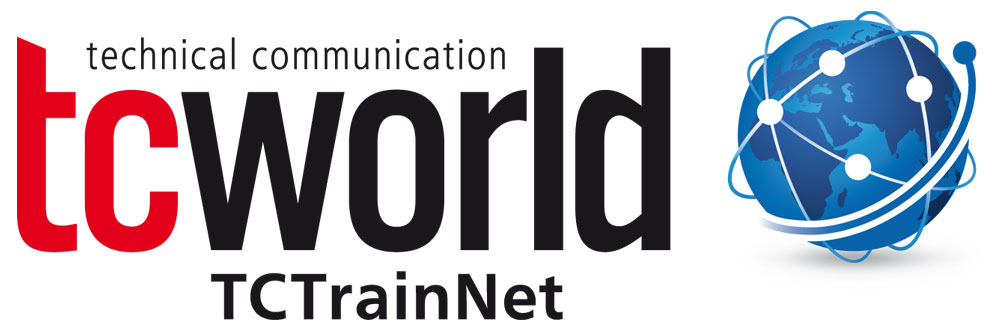DITA (Darwin Information Typing Architecture) is a document structure developed by IBM and based on XML. It was originally developed for online help with the emphasis on software, program, and user interface documentation. DITA’s focus is on information presentation in the form of complete topics and their reusability.
The "Darwin" component in the name is due to DITA being based on the principles of specialization and inheritance. As a result, structural elements can inherit their properties from other elements through referencing. In practice, this means that e.g. properties of a generic topic can be inherited by a specialized topic (e.g. task).
"Information Typing" in the name means that the classification of information is based on a schema (typification), as is shown e.g. by the concept, task and reference types. Here, it is clear that this means standardization.
"Architecture" illustrates that a clearly defined structure is involved.
Thus, DITA, with all its properties, belongs to the canon of XML-based structuring and standardization methods like Docbook or S1000D.
DITA exists as a specification and is thus not a standard. However, because its use is increasing worldwide, DITA has advanced to a quasi-standard. Its wide dissemination can be explained on the one hand by its implementation in a variety of editing systems; on the other hand, the number of language elements of DITA in the frequently implemented Version 1.1 is a manageable 292, in contrast with Docbook v5.0 and its 385 elements.



